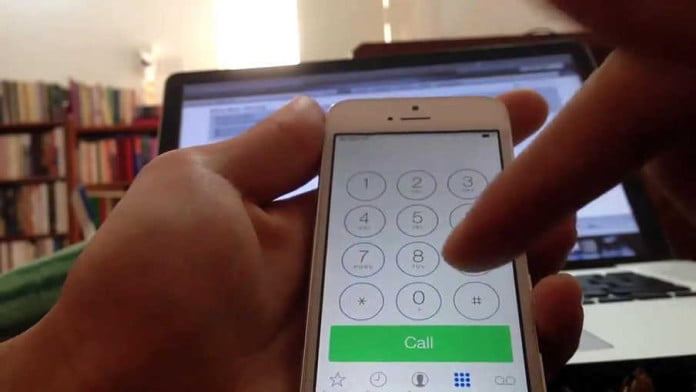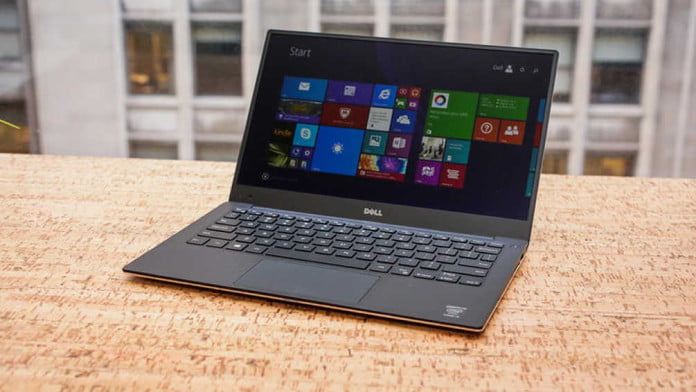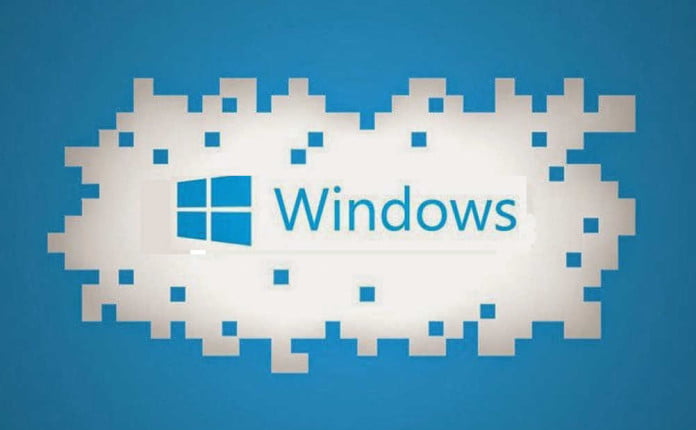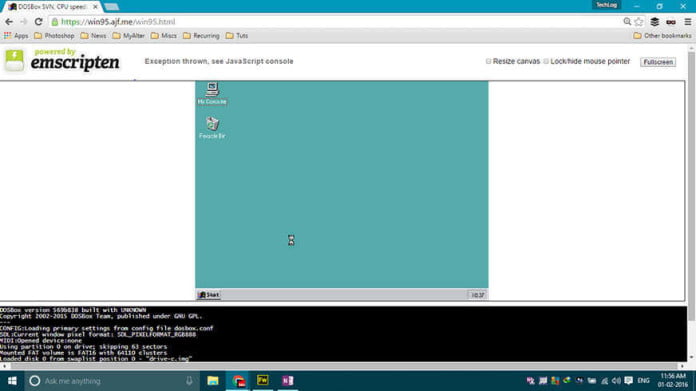Apple employees are getting big offers from hackers for revealing their login details to break into Apple’s systems. According to someone that works for the company in Ireland said that hackers are willing to pay thousands of euros to Apple employees willing to sell their login details.
Also Read : Newly Discovered iPhone Vulnerability Can Bypass Your Lockscreen Code
LogBook : Hackers Ready to Pay Apple Employees for their Logins
According to Business Insider, someone working for Apple in Ireland said that hackers have offered €20,000 or approximately $23,000, to Apple employees willing to sell their login details.
“You’d be surprised how many people get on to us, just random Apple employees,” the source told Business Insider. “You get emails offering you thousands [of euros] to get a password to get access to Apple.I could sell my Apple ID login information online for €20,000 (£15,000 / $23,000) tomorrow. That’s how much people are trying.”
And another former employee of Apple confirmed that hackers did contact staff, offering them money in exchange for access to login details or other sensitive information.
Also Read : Apple Hit with Lawsuit Over iOS 9 Performance on Older iPhones
And he also said that hackers typically target newer employees.
“They look for someone who has jumped diagonally into a junior managerial position, so not a lifer working their way up, and not a lifer who has been there a long time,” the source told Business Insider.
Apparently, Apple has launched an internal program to combat this problem. The project is called “Grown Your Own” but it’s not immediately clear what exactly the code name refers to.
It’s now unclear what the hackers are after it could be any number of things — like access to individual Apple user accounts, the company’s extremely valuable intellectual property, or internal corporate strategy information, the report notes.
The source said Apple is “very, very careful” in terms of security, adding that it’s exceptionally hard for anyone to gain access to Apple’s offices without authorization.
Even some of Apple’s remote workers in Ireland have difficulty accessing the company’s offices in Cork, where thousands of Apple workers are based, the source said. “You have to have a particular coded badge to get into the building,” they explained.
Also Read : Apple Asks Widow to Get Court Order to Reveal Dead Husband’s Password









